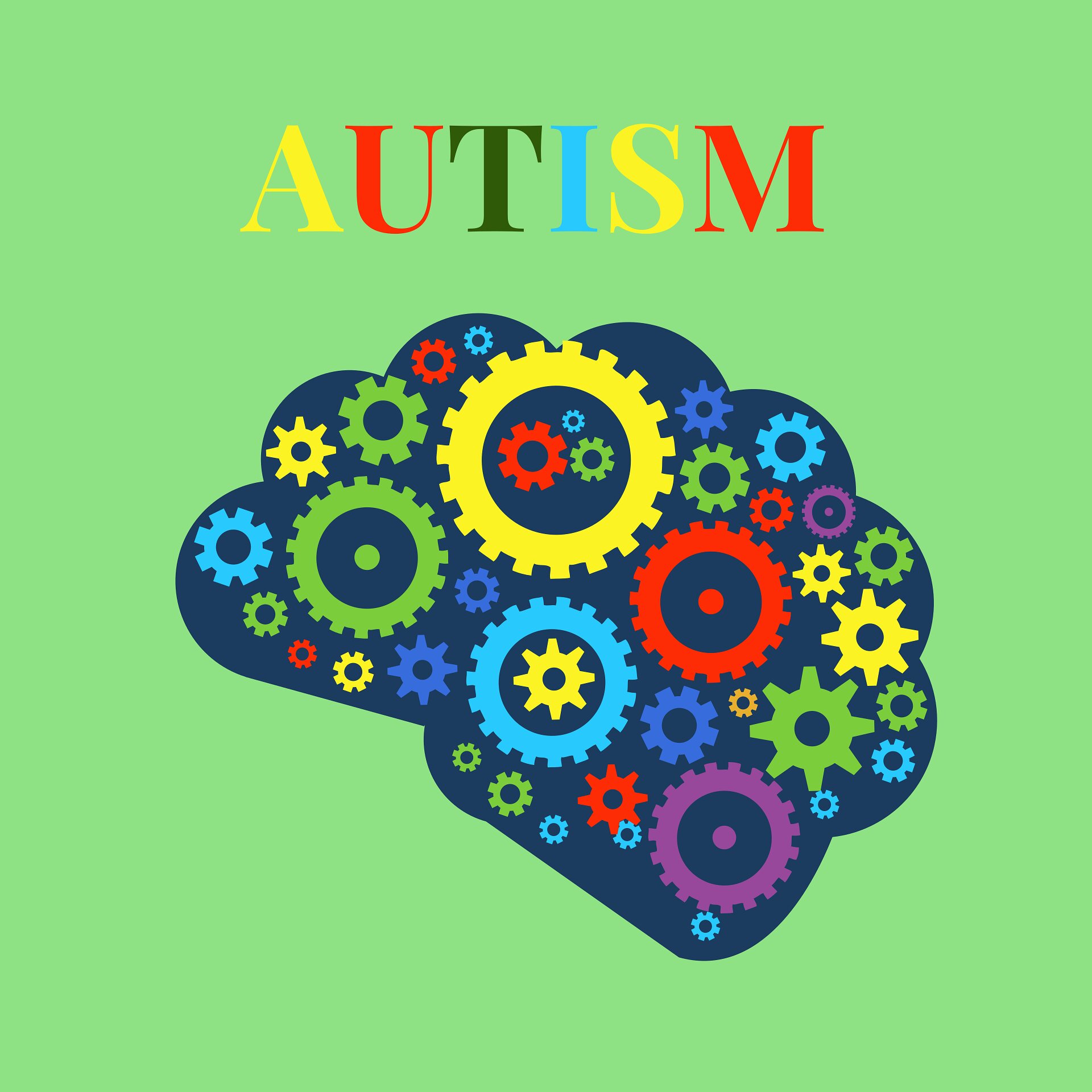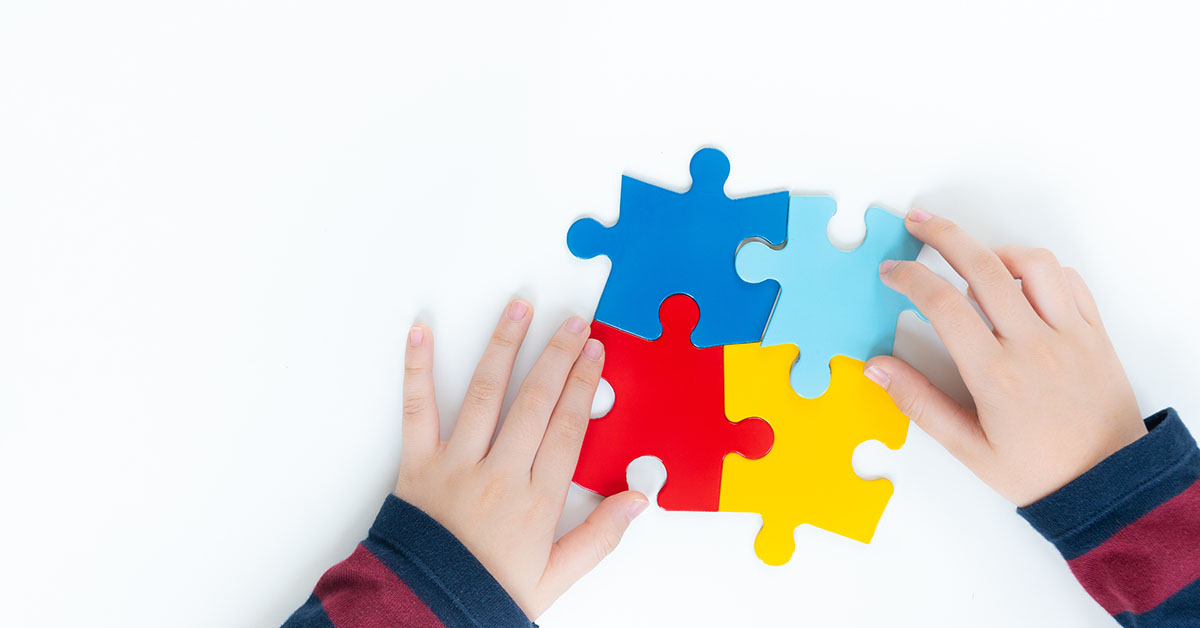Resolving Usual Misconceptions: What You Need To Know About Autism Today
Resolving Usual Misconceptions: What You Need To Know About Autism Today
Blog Article
Exploring Autism: Approaches for Reliable Interaction and Communication
Reliable interaction and communication with individuals on the autism range necessitate a detailed understanding of their one-of-a-kind demands and preferences. Methods such as using clear language, utilizing visual assistances, and fostering consistent regimens can substantially boost involvement and decrease anxiety. Acknowledging the value of non-verbal cues and shared passions paves the means for purposeful connections. The ins and outs of these techniques disclose further factors to consider that merit exploration, especially in how they can be adjusted to diverse contexts and individual experiences. What might these adjustments appear like in practice?
Understanding Autism Range Condition
Autism Spectrum Condition (ASD) encompasses a range of neurodevelopmental problems identified by obstacles in social interaction, communication, and recurring behaviors. The term "spectrum" reflects the varied manifestations and differing levels of seriousness experienced by people with ASD. While some might show considerable impairments, others might present high-functioning characteristics, enabling greater independence in life.
The beginning of ASD commonly happens in early childhood, with indications typically recognizable by age two. Very early signs might consist of delayed speech development, minimal eye contact, and troubles in comprehending social cues. Although the exact etiology of ASD remains unclear, research recommends a mix of ecological and genetic elements plays a vital role in its development.
As a result, treatments and assistance tailored to individual needs are crucial for promoting interaction and social skills. Identifying the intricacy of ASD is vital for advertising recognition, approval, and reliable methods that promote significant communications with individuals on the range.

Significance of Clear Interaction
Effective communication is vital for promoting understanding and connection, specifically for people with Autism Range Problem (ASD) Clear communication not just facilitates social interactions but additionally improves the individual's capacity to share their demands, thoughts, and emotions. For people with ASD, the subtleties of language can frequently be challenging; consequently, using unambiguous and simple language is crucial.
Moreover, clear interaction helps in reducing disappointment and anxiousness that might occur from misunderstandings. When messages are conveyed in a straight and constant manner, people with ASD are better equipped to interpret info accurately, which can substantially boost their social involvement and participation in numerous setups.
Establishing regimens and utilizing visual assistances can better bolster clear communication. These techniques supply individuals with foreseeable frameworks that help understanding and retention of info. Additionally, proactively being and listening client throughout communications promotes an encouraging environment where individuals with ASD feel valued and recognized.
Inevitably, prioritizing clear communication not only equips people with ASD but likewise fosters even more significant links with their peers, caretakers, and the wider community, leading the means for inclusive interactions and collaborative relationships. - autism
Non-Verbal Communication Methods
Communication expands beyond words, and for individuals with Autism Range Problem (ASD), non-verbal cues play a substantial role in interactions. Non-verbal communication strategies can include facial expressions, gestures, body movement, and eye get in touch with, every one of which act as crucial elements for communicating emotions and intents.
Understanding and analyzing these non-verbal signals can enhance interactions with individuals with ASD. For example, a warm smile or open posture can create an inviting ambience, encouraging engagement. Utilizing visual help-- such as image cards or signs-- can bridge communication spaces and assist communicate messages extra efficiently.
It is also vital to be mindful of individual space, as individuals with ASD might have various convenience levels regarding closeness. Observing their responses to physical distance can notify ideal adjustments.

Creating Encouraging Settings
Producing a supportive atmosphere is vital for fostering favorable communications and enhancing the health of people with Autism Spectrum Disorder (ASD) Such atmospheres can significantly reduce anxiety and produce a sense of safety, permitting individuals to share themselves much more freely.
To accomplish this, it is vital to consider sensory level of sensitivities that individuals with ASD might experience. Modifying the physical room to consist of soft lights, minimal background sound, and comfy seats can create a soothing environment. Additionally, using consistent regimens and clear visual schedules can assist people expect changes and minimize unpredictability, more advertising comfort.
Social areas need to be structured to decrease overwhelming stimuli while providing chances for engagement navigate to these guys in preferred activities. Facilitating areas marked for quiet time can likewise work as a haven throughout moments of anxiety. Importantly, including components of choice empowers people, allowing them to work out firm in their atmosphere.

Motivating Social Interactions
Fostering social interactions amongst people with Autism Spectrum Condition (ASD) calls for intentional techniques that prioritize convenience and engagement. Developing predictable regimens can assist reduce anxiousness, making social setups more friendly. Producing organized atmospheres with defined duties and duties allows people to involve without the overwhelming stress of unstructured social characteristics.
Incorporating passions and toughness into social activities can act as a catalyst for interaction. Organizing group tasks around shared leisure activities or topics of attraction can assist in all-natural conversations and links. In addition, utilizing visual assistances, such as pictorial routines or social manuscripts, can aid in recognizing social signs and assumptions.
Modeling proper social behaviors is critical - autism. Peers and grownups ought to show effective interaction methods, consisting of energetic listening and turn-taking. Role-playing situations can also provide a secure room for individuals to exercise these skills
Finally, promoting peer relationships with comprehensive techniques is necessary. Urging comprehensive playdates or team outings can create opportunities for socialization in a comfy setting. By carrying out these instructors, methods and caretakers can dramatically enhance social communications for people with ASD, advertising their total social development and well-being.
Final Thought
In final thought, efficient communication and communication approaches are necessary for supporting people with Autism Spectrum Condition. Highlighting clear language, incorporating non-verbal cues, and developing predictable regimens significantly enhance involvement and why not check here lower stress and anxiety. Creating encouraging environments promotes safe social interactions, while encouraging shared passions facilitates significant links. Inevitably, these methods encourage individuals with autism to navigate social landscapes, advertising their general health and allowing the advancement of long lasting relationships.
Efficient communication and interaction with individuals on the autism range demand a thorough understanding of their special demands and preferences. Clear interaction not just helps with social interactions but likewise enhances the individual's ability to express their ideas, feelings, and needs.Cultivating social interactions among individuals with Autism Range Problem (ASD) needs intentional methods that focus on comfort and interaction. By applying these techniques, teachers and caretakers can substantially enhance social communications for people with ASD, promoting their general social growth and wellness.
In conclusion, effective communication and interaction methods are crucial for sustaining individuals with Autism Range Problem.
Report this page